Energy transition
One important element of a sustainable Leiden Bio Science Park is the switch from traditional fossil fuels (such as oil, coal and gas) to green energy (from sources such as the sun, wind and biomass). We call this energy transition. This is being achieved in different ways on the Leiden Bio Science Park.
Heat, light and electricity
An incubator for innovation

Solar panels
Solar panels make a major contribution to the energy transition. A good example of this is the Lecture Hall, which, with 1,242 panels on its roof, is currently the largest solar panel roof in Leiden. It is estimated to generate 440,000 kw hours a year. The parking garage at Ehrenfestweg is going to have a roof with 1,400 solar panels, and the roof of the Gorlaeus building will have a further 1,150 sq.m. of solar panels.

Thermal energy storage (TES)
There are different underground sources for thermal energy storage (TES) that make it possible to heat and cool areas in an energy-efficient way. A TES installation uses groundwater from the soil as an energy buffer. A heat exchanger is an important part of this kind of system. In summer, a building can be cooled down by pumping the cold water from the source, and in winter, the pumped heat can be used for heating the building. This system is in use at Corpus, Avery Dennison, Galapagos, Dupont, Plus Ultra (Kadans), BioPartner 5, Baseclear, and the Gorlaeus building.

LED lighting
Energy-efficient and dimmable LED outdoor lighting has a light colour that causes as little disturbance as possible to animals. The lighting is both sustainable and nature friendly. The Nieuw-Rhijngeest Zuid car park is fitted with LED lighting, with a dimming programme. Certain lights are on 50% between 21.00 hrs and 07.00 hrs, and radar detection is used so that the lights are only on fully when necessary.

Sustainable heating and cooling Snellius-building
In order to gradually reduce the use of natural gas to zero before 2030, the Snellius building will be heated with the heat of the computer servers in the building. The exhaust air from servers has an average temperature of 40 to 50 degrees and is therefore ideal for heating rooms. Also, the windows are coated with a sun protective wrap. Because of these wraps, 40% less energy is needed to cool down the building. In winter, the wraps keep the building warm.






